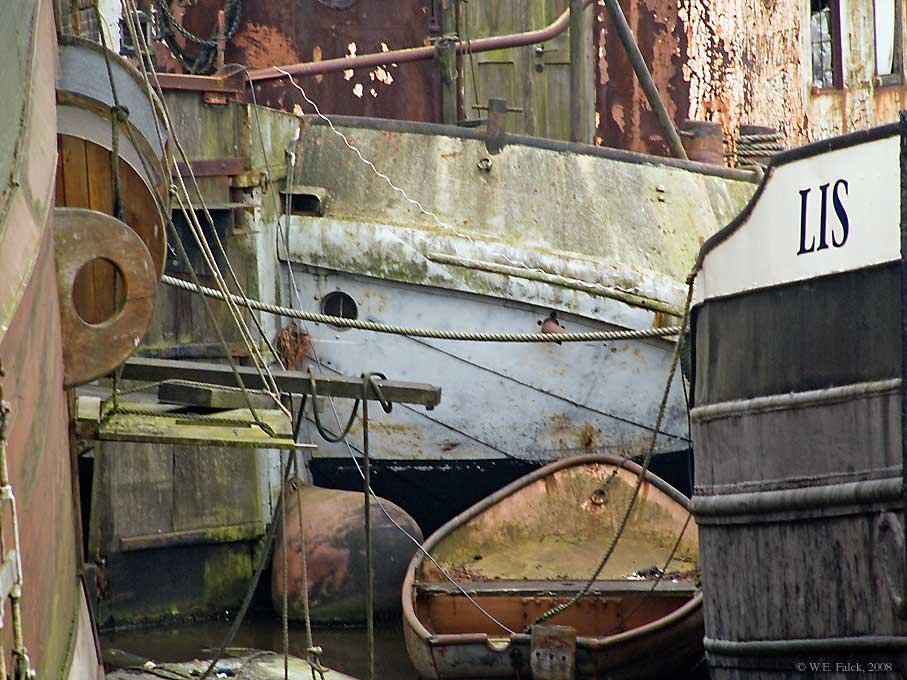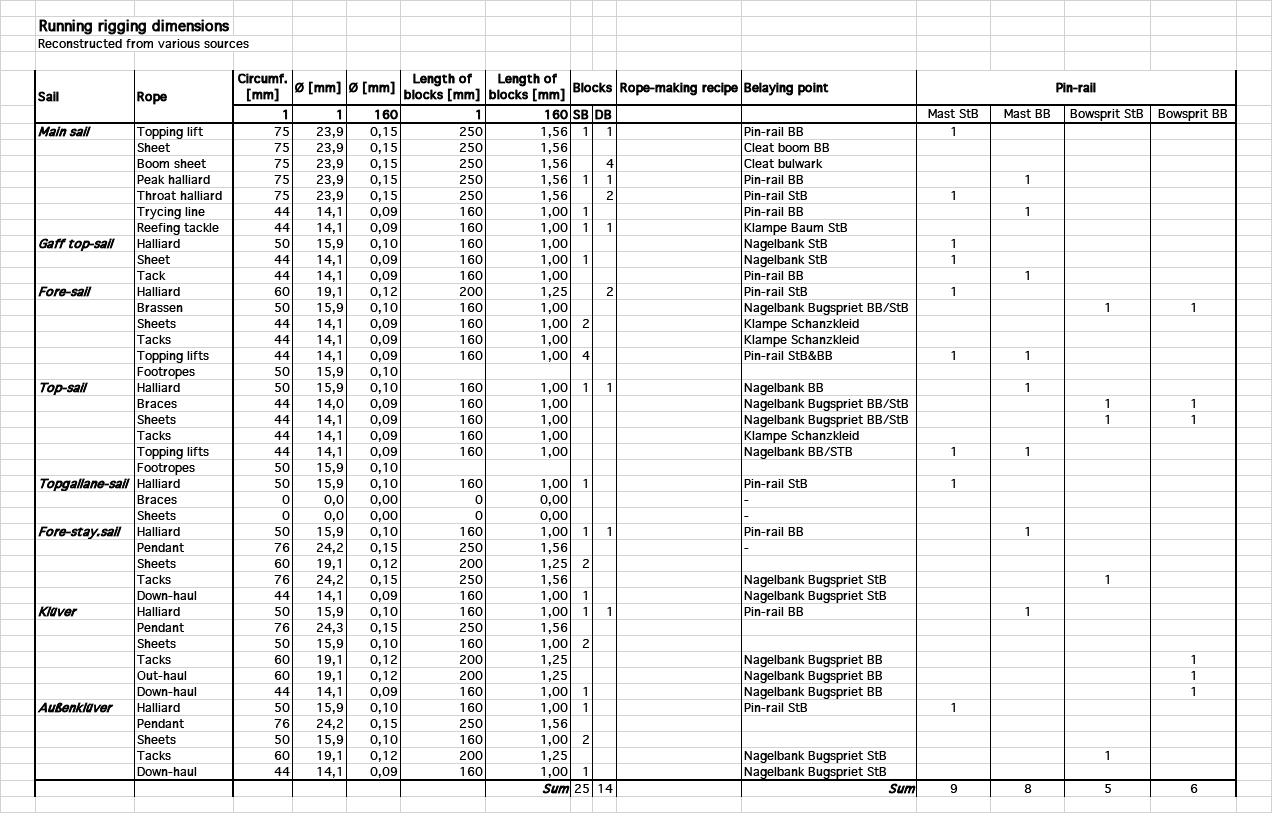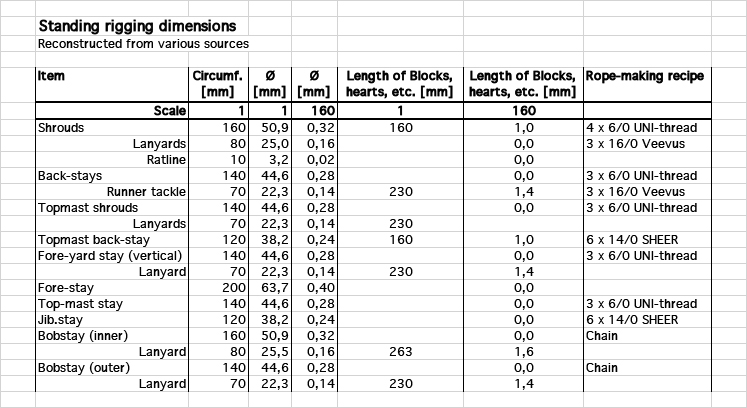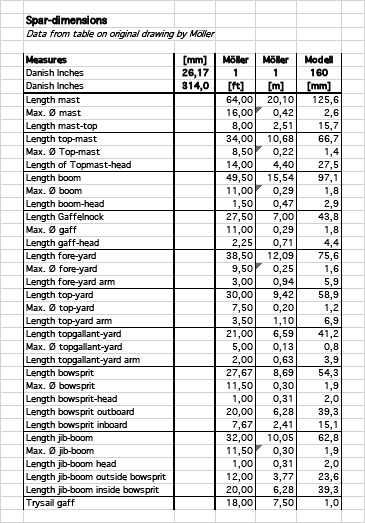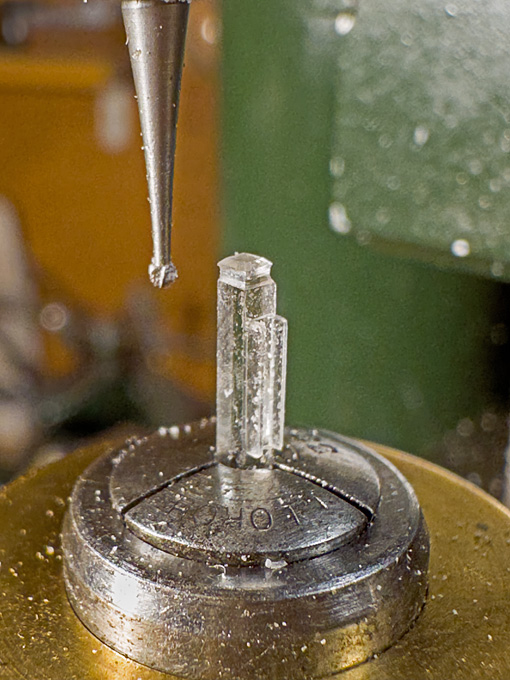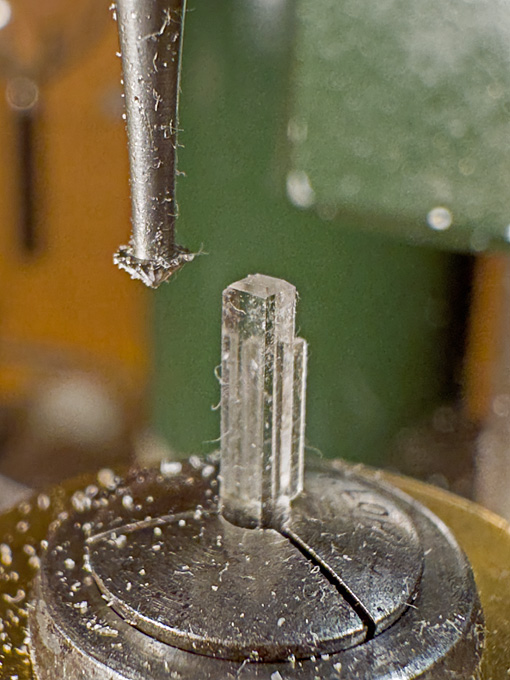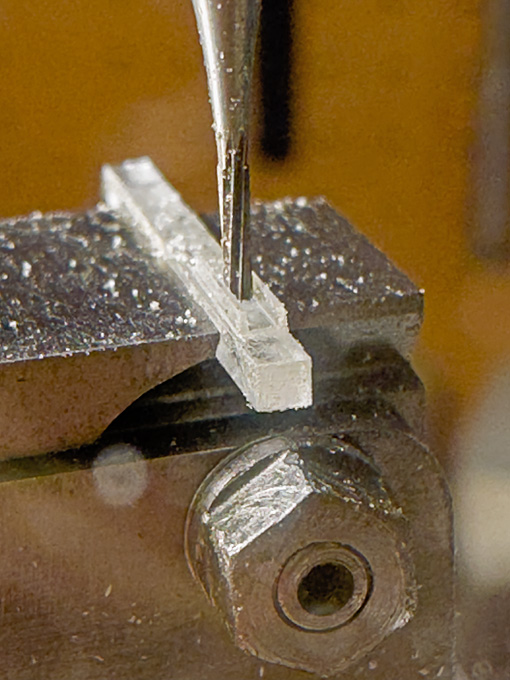-
Posts
6,447 -
Joined
-
Last visited
Content Type
Profiles
Forums
Gallery
Events
Everything posted by wefalck
-
It's all about finding the right configurations and writing the right specifications. Such experiments even date back to the Boer Wars in South Africa, where they began to armour traction engines, if I am not mistaken. It's also about understanding the tactical possibilities and thinking beyond the then current engineering capabilities. It is clear that initially tanks were mainly conceived as infantry support vehicles, rather than a replacement of heavy cavalry (light cavalary in its reconnaisance role began to be replaced by armourd road vehicles). It wasn't until the late 1920s/early 1930s that IC engine and track engineering made fast tanks really possible. Until then tanks were seen as war-elephants, rather than chariots, hence the idea of converting crawler tractors.
-
It may be worthwhile browsing some on-line tool sellers and then go to this shop with the knowledge gathered. Naming the tools in Spanish though is another story. Perhaps you can take screen-shots and show this to the staff. I admire the shipwrights (of old) for their capability to shape such complex non-Carthesian objects. I know from my own experience that this even more difficult in small scales.
- 108 replies
-
- ancre
- Bateau de Lanveoc
-
(and 2 more)
Tagged with:
-
Although I don't know anything about the construction of these boats, I could imagine, that the keelson sweeps up to the cant-frames to provide for them a sort of rabbet, keeping them down. A small pin-vise is also useful for pushing wires into holes. And so-called 'cutting-tweezers', as used by watchmakers are excellent tools for cutting wires flush on parts.
- 108 replies
-
- ancre
- Bateau de Lanveoc
-
(and 2 more)
Tagged with:
-
Lapstrake/clinker planking isn't more difficult than carvel actually. One needs to carefully layout the strakes. Chamfering the planks needs to be done carefully. It may be helpfully to looks up a couple of YouTube videos (e.g. on Scandinavian boatbuilding) to see how it is done in full-size practice. As always, the garboard plank is the most challenging.
-

Diorama for ships
wefalck replied to kgstakes's topic in Painting, finishing and weathering products and techniques
I have done this repeatedly, using different techniques, adapted to the scale and how 'rough' the sea is: - sculpted the sea in plaster of Paris, then sealed and painted, varnished with acrylics and use of acrylic gel medium to create surface textures; breaking wave crests modelled with acrylic medium filled with 'micro-beads' (= microscopic hollow glass-spheres). - coarse water-colour paper with props underneath to simulate swell, then sealed and continued as above - sheets of acrylic glass with surface texture added using acrylic gel medium; playing with gloss and satin varnish allows to simulate subtle textures, as you would see when a gust of wind comes in. - some 45 years ago, before acrylic gel medium appeared on the art materials market, I used a mixture of wall-paper glue (because it contains fugicides) and crystal sugar to sculpt breaking waves - it held until today. BTW, strictly speaking we are not talking about dioramas, but scenic settings. A diorama is a box that forces the view-point, involves perspective shortening and has a backdrop or otherwise limits the visible space. -
Did you use china-mugs in the navy? Thought it would be enamelled metal to reduce the risk of breakage.
- 327 replies
-
- minesweeper
- Cape
-
(and 1 more)
Tagged with:
-
The nice thing about such subjects is that there is a lot of room for imagination and creativity, as they were cobbled together by their crews from whatever was at hand and seems to do the job. In most other cases on historic subjects we are bound by local customs and the limited availability of resources to the people of the time, which requires careful study of the available evidence.
-
Just can echo the previous posters ... What material is your 'annealed 24 GA' wire? Is it still too springy? Many modellers use solder wire for such applications, where 'compliance' is required. Solder wire is readily available in 0.5 mm diameter, which is equivalent to 24 GA. Are you going to protect those outboard pipes somehow? Bare like this they could be easily ripped off by the coal-barges etc. A couple of wooden clamps around them would solve this problem.
-
I always wondered, where Underhill found some of the builders' plans. For instance, I researched some years ago the background to his drawings of the 1879 wooden brig MARIE SOPHIE, the last built in Germany, but the only thing I could find was an old model of her in the maritime museum in Brake (near her birthplace). He didn't provide information on the location of the respective plans.
-
A very limited set of plans can be found here: http://www.digipeer.de/index.php?sf=0&al=Herzogin+Cecilie They are drawings held in the Deutsche Schiffahrtsmuseum Bremerhaven. I am not sure what happend to the archives of the Rickmers shipyard, which finally closed in 1986, whether they survived the bombings during WW2. The International Maritime Instiute Hamburg, which had a financially potent founder/sponsor, managed to buy out many shipyard archives, but Rickmers does not seem to be among them. In a way it is strange that not much in terms of original resources seem to have survived, as she was quite a prominent ship in Germany before WW1.
-
Once you get used to the small scale, it is not so different from working at a larger scale. The problem are only the materials limits: you can get thin enough wires, (metal/plastic) sheets, threads etc. or at those small sizes they become difficult or impossible to work ... well of course, age takes a toll on our eyesight and perhaps dexterity too 😐
-
I think one needs to also differentiate between the time before around 1850 and after and the regions. From the later 1830s or so on gasification of coal (gas for street and then domestic lighting and heating) and the production of coke for blast furnaces rapidly increased, initally in the UK and then on the continent. A byproduct from this process is coal-tar and -pitch, which is black, as opposed to the brownish colour of Stockholm tar. From that period on coal-tar was increasingly used on ships, making the standing rigging black or dark grey when weathering. For the running rigging Stockholm tar may have been used still for a longer time. The availability and price of coal-tar varied across the European regions. I would assume that Stockholm tar persisted longer e.g. in the Baltic area, as it was closer to the sources of Stockholm tar and more distant to the industrialised areas that produced the coal-tar. Thus I would expect a stronger contrast between standing and running rigging from the second half of the 19th century on.
-
Yep, cruises on the Seine can be nice, although a bit touristy. Done this a number of times, including taking our wedding party on a lunch-time trip and several dinner cruises with visiting relatives. I am ashamed to say, that we haven't visited Notre-Dame since it reopened - I hate queuing and remember those days, when you could just popp in. Did you visit the Musée de la Marine?
-
Off to a good start then! Well, boat covers often were painted(!) canvas, so in principle could be any colour. I gather some off-white, simulating originally white but slightly yellowed (due to the lineseed-oil as binder) paint could be a good option. I gather, sails in N-America were usually made from cotton, while in Europe more often flax was used, at least for the heavier qualities. Cotton does not yellow, so a somewhat dirty, i.e. very light grey would be good for the sails.
-
Johann, Costé has a number of tables at the end that give the proportions of different parts. However, they are mainly useful, I think, when you have to reconstruct a sail-plan from scratch. In my case, I had the original sail-plan and spar dimensions. In fact, much of the literature is concerned with the preferable proportions of the spars, which in my case is given in sufficient detail. For the dimensioning of the standing and running rigging I mainly worked from Biddlecombe, but compared his data with those from the other sources.
-
Thank you very much for the continued interest in this project 👍🏻 ********************************** Developing the Rigging Warrant It may seem strange to talk about the rigging warrant at this stage, but as much of the supporting fittings have to be reconstructed from sources and certain fittings, such as pin-rails or cleats, have to be put into place before painting, now is the time to develop at least an outline for it. Spar-dimensions as per table on original drawing by Möller The original drawings comprise a sail-plan and a spar-list with dimensions, which is a good start. However, as this is the builder’s and not a modeller’s plan, there are no details on the actual execution of the rig. These have to be reconstructed from sources from around the middle of the 19th century, notably BIDDLECOMBE, G. (1848): The Art of Rigging.- 155 p., Salem, Ma. (Reprint 1990 by Dover Publication, New York). BOBRIK, E. (1848): Handbuch der praktischen Seefahrtskunde, Schiffgebäudekunde, Zurüstungskunde, Manövrierkunde, Ankerkunde, Tafeln zur Schifferkunde.- 604 p. + plates, Leipzig (reprint 1978 by Horst Hamecher, Kassel). Costé, F.-A. (1829): Manuel de Gréement ou l’art d’équiper les vaisseaux et autres batimens de mer, de tout ce qui est nécessaire a leurs mouvements.- 282 p., tables, Paris (Dezauche). Jaÿ, . (1860): Études sur le Greément d’après les réglement du 25 avril 1857, révisé en 1858.- Atlas du Génie Maritime, 2éme Serie, Annexe No. 1: 55 pl., Paris (Ministère de la Marine et des Colonies). KIPPING, R. (1853): Rudimentary Treatise on Masting, Mast-Making, and Rigging of Ships.- 150 p., London (John Weale). MIDDENDORF, F.L. (1903): Bemastung und Takelung der Schiffe.- 401 p., Kassel (reprint 1977 by Horst Hamecher). – this is a bit late, but has useful tables with dimensions of parts While these works contain many useful tables and sometimes beautiful detailed drawings, I realised that they are of limited use for this project as they mainly deal with larger ships. Only occasionally they give information on rigging practice for single-masted vessels. In some cases information on the foremast and bowsprit/jibboom of topsail-schooner was useful, as their rigging layout is similar. The popular secondary literature on, e.g. British or French naval cutters, that have at a first glance a similar sail-plan, also is only of limited value, as they typically have a running bowsprit, and not a fixed one with jib-boom. So, much had to be interpolated, also from secondary sources covering earlier or later periods. I also studied numerous images of German, Danish, Swedish, and Norwegian sloops operating in the Baltic with respect to the arrangement of stays, shrouds, backstays, topmast-shrouds, -stays, -backstays, and the bowsprit/jibboom. A considerable variability in layouts was observed. Although the models of sloops and topsail-schooners in the Altona Museum (Hamburg) were built and rigged at the turn of the 19th to the 20th century, the model builders included older professional riggers, who presumably were aware of the earlier practices. These models give a good overview of the variability of rigging layouts and the supporting structures at the hull and on the deck. With this information it has been possible to develop a draft warrant for the standing and (part of) the running that will help to dimension and locate the necessary pin-rails, rigging cleats, bollards, etc. Reconstructed dimensions for the standing rigging Reconstructed dimensions for (part of) the running rigging To be continued …
-
Well, it seems that in fact carved decorations were removed from some/certain ships at least before going to sea, particularly very prestigious one. This would apply more to figures and such things, rather than to ornaments. On humble ships, such as the NONSUCH, the carved decorations were probably not gilded, but rather paint yellow/ochre.
-

Old Solid Round Stone Identification Assistance
wefalck replied to Ashland1's topic in Nautical/Naval History
There are various other options in addition to the ones mentioned already: - A stone from a so-called glacier-mill - a natural phenomenon whereby a rock swirls around a sort of meltwater syphon under a glacier, creating a funnel-shaped feature and eventually an almost perfect sphere. - An early canon-ball, but it doesn't seem to be shaped well enough for that - A well-used stone from a ball-mill - a rotating steel cylinder in which several stones like this are placed to crush something; as the material seems to be limestone from the look of it, it would not be too hard and could crush probably only organic material. In what part of the world was it found? -
The shipyard had been closed for much of August, only the drawing office stayed open to prepare work for autumn ... ******************** Anchor-winch 4 The remaining item for the winch is the pawl-bit against which also the bowsprit rests. It is surprisingly thin, only 240 mm square, according to the original drawing, which conveniently translates to 1.5 mm on the model. A strip a tad wider than 2 mm was cut from a scrap of 1.5 mm thick acrylic glass. Care was taken to cut it parallel to a manufacturing edge, which is clean and square. In this way, only one edge needed to be machined and the manufactured edge provided a good datum for this. The pawl rest in a cast-iron U-shaped frame that is bolted to the front of the post (updating the design a bit from the older style wooden pawls drawn in the original drawing). Rather than adding this part to the post, I decided to mill it from the solid. Hence the 2 mm strip. Originally, I intended to drill 0.15 mm holes for the axes of the pawls, but my drills turned out to be too short for that. This would not be really necessary at this scale anyway, but would have later, once a wire was inserted, facilitated the positioning of the pawls. I have to eyeball it now. Milling the groove into the ‘cast-iron’ frame The post was milled to size, letting material for the frame for the pawls standing. The shape of the frame was then milled out and the ends rounded with a safe-edge file. In the final machining step, the groove was cut. Shaping the head of the pawl-bit I don’t have square collets (I plan to make one day a set of square insert collets for precisely holding square stock), so a round one had to make do for the next operation, namely shaping the head of the pawl-bit with different burrs. Because of the relatively soft acrylic glass and with light cuts, this is not a problem. Shaping the head of the pawl-bit The pawls will be short lengths of 0.2 mm x 1 mm styrene strips, but will be made only later, when everything comes together so as not to lose those tiny bits. To be continued …
About us
Modelshipworld - Advancing Ship Modeling through Research
SSL Secured
Your security is important for us so this Website is SSL-Secured
NRG Mailing Address
Nautical Research Guild
237 South Lincoln Street
Westmont IL, 60559-1917
Model Ship World ® and the MSW logo are Registered Trademarks, and belong to the Nautical Research Guild (United States Patent and Trademark Office: No. 6,929,264 & No. 6,929,274, registered Dec. 20, 2022)
Helpful Links
About the NRG
If you enjoy building ship models that are historically accurate as well as beautiful, then The Nautical Research Guild (NRG) is just right for you.
The Guild is a non-profit educational organization whose mission is to “Advance Ship Modeling Through Research”. We provide support to our members in their efforts to raise the quality of their model ships.
The Nautical Research Guild has published our world-renowned quarterly magazine, The Nautical Research Journal, since 1955. The pages of the Journal are full of articles by accomplished ship modelers who show you how they create those exquisite details on their models, and by maritime historians who show you the correct details to build. The Journal is available in both print and digital editions. Go to the NRG web site (www.thenrg.org) to download a complimentary digital copy of the Journal. The NRG also publishes plan sets, books and compilations of back issues of the Journal and the former Ships in Scale and Model Ship Builder magazines.

